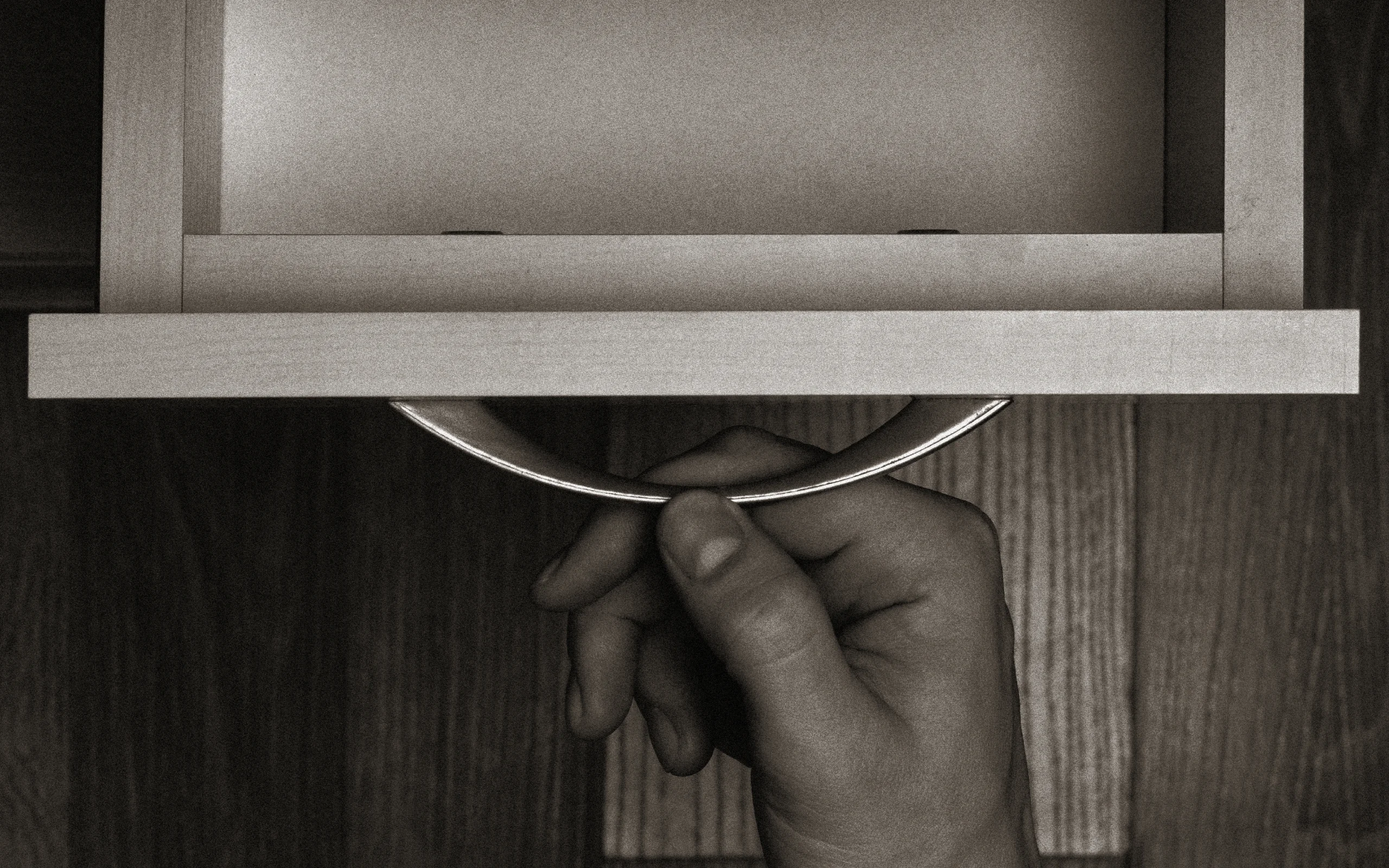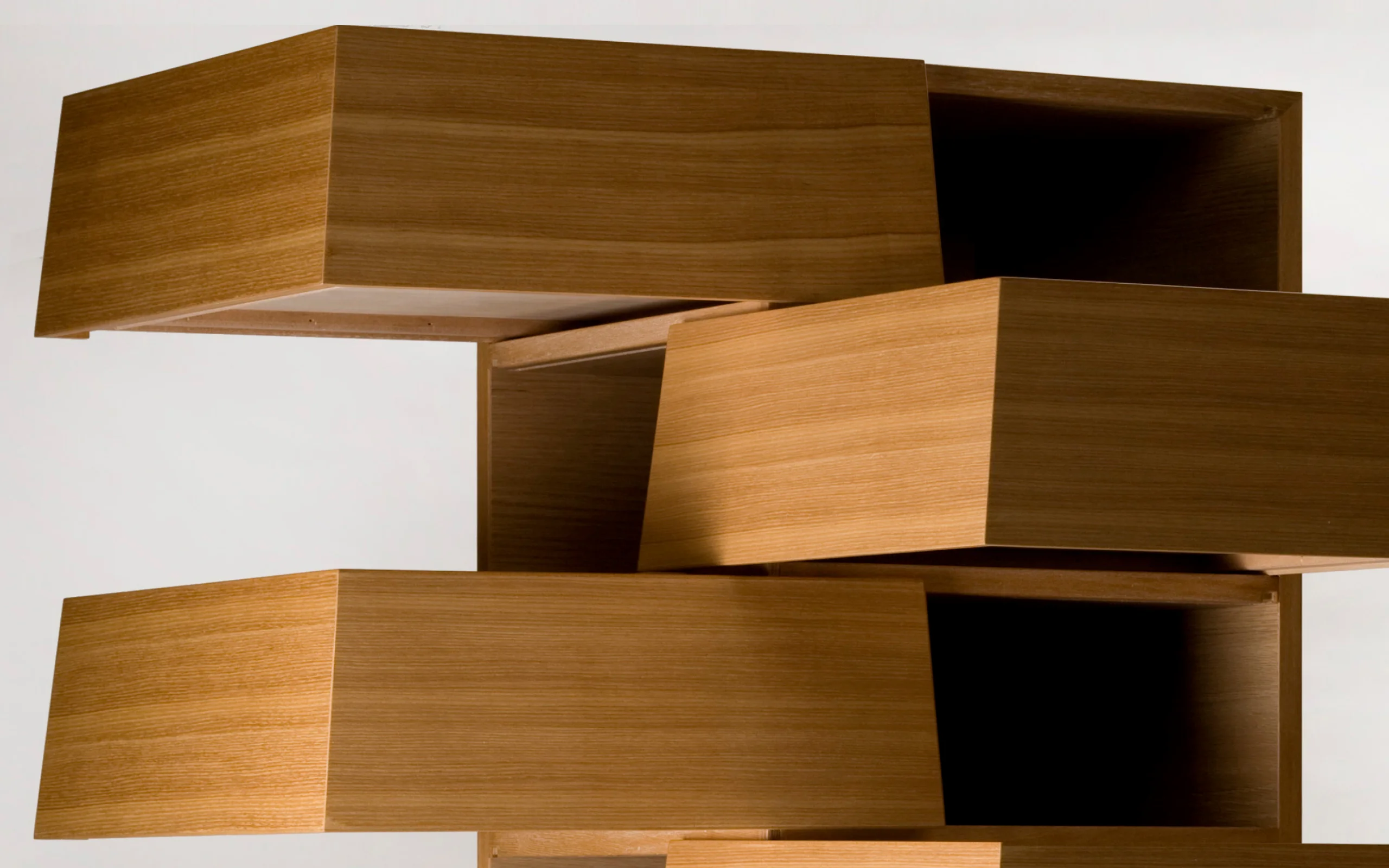
PROJECT
LECO
Plant-integrated furniture combining LED technology with Tokushima craftsmanship—innovative design for biophilic living.

WHY
How can we integrate nature into sterile interiors?
The craftsmanship of shipwright technology that supported the “Awahan” naval forces of Tokushima Prefecture was handed down from the Edo period. This technology developed from the Meiji to the Showa period as a major production area for box furniture that mainly focused on chest drawers, mirrors, and altars. However, Japan’s traditional industrial value of production had fallen to 1/5 in the past 40 years. Tokushima’s wood industry has been declining year by year, due to changes in modern lifestyle. Along with the rise of cheaper overseas products, Japan’s leading box furniture production drove into prosperity. Where the wood industry was going out of business, we questioned what kind of design could revive the industry to create new opportunities for highly skilled carpenters of Tokushima.
Changes in production value of traditional craft industry.

HOW
Produced a wooden LED plant factory unit of multiple combinations.
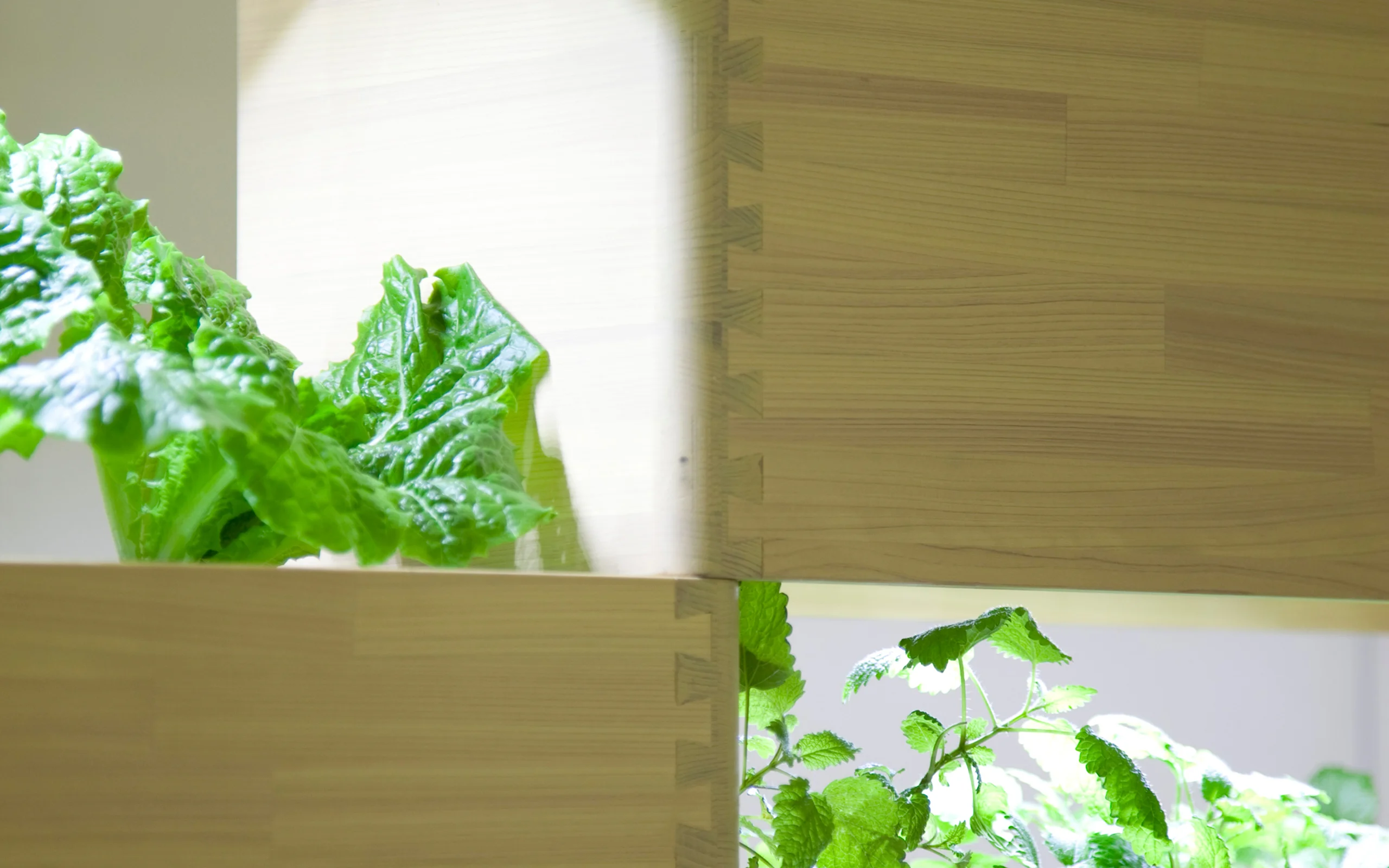
As the first production place of blue LEDs, related companies still concentrate in Tokushima, as well as woodworking technology. We developed an indoor plant factory unit using domestic wood, “LECO.” Shelf-shaped LECO has electric wiring and a water device passing through the horizontal plates of the shelf, suitable for vegetable cultivation in offices and plant cultivation in the house, expected to be in demand in the future. As the domestic furniture market is shrinking, we aimed to recombine and regenerate the industries technologies by deploying woodwork in a different field from furniture.

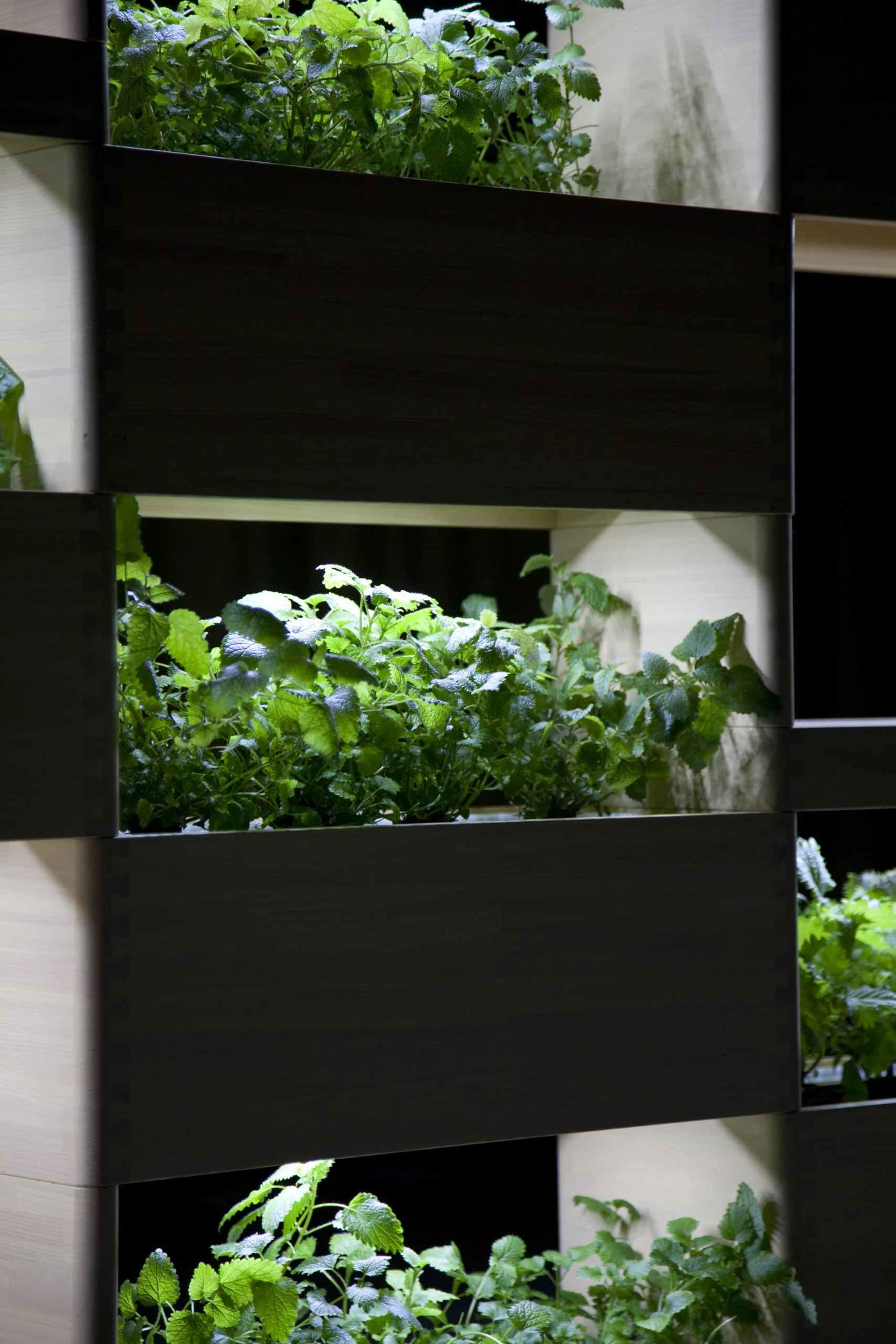
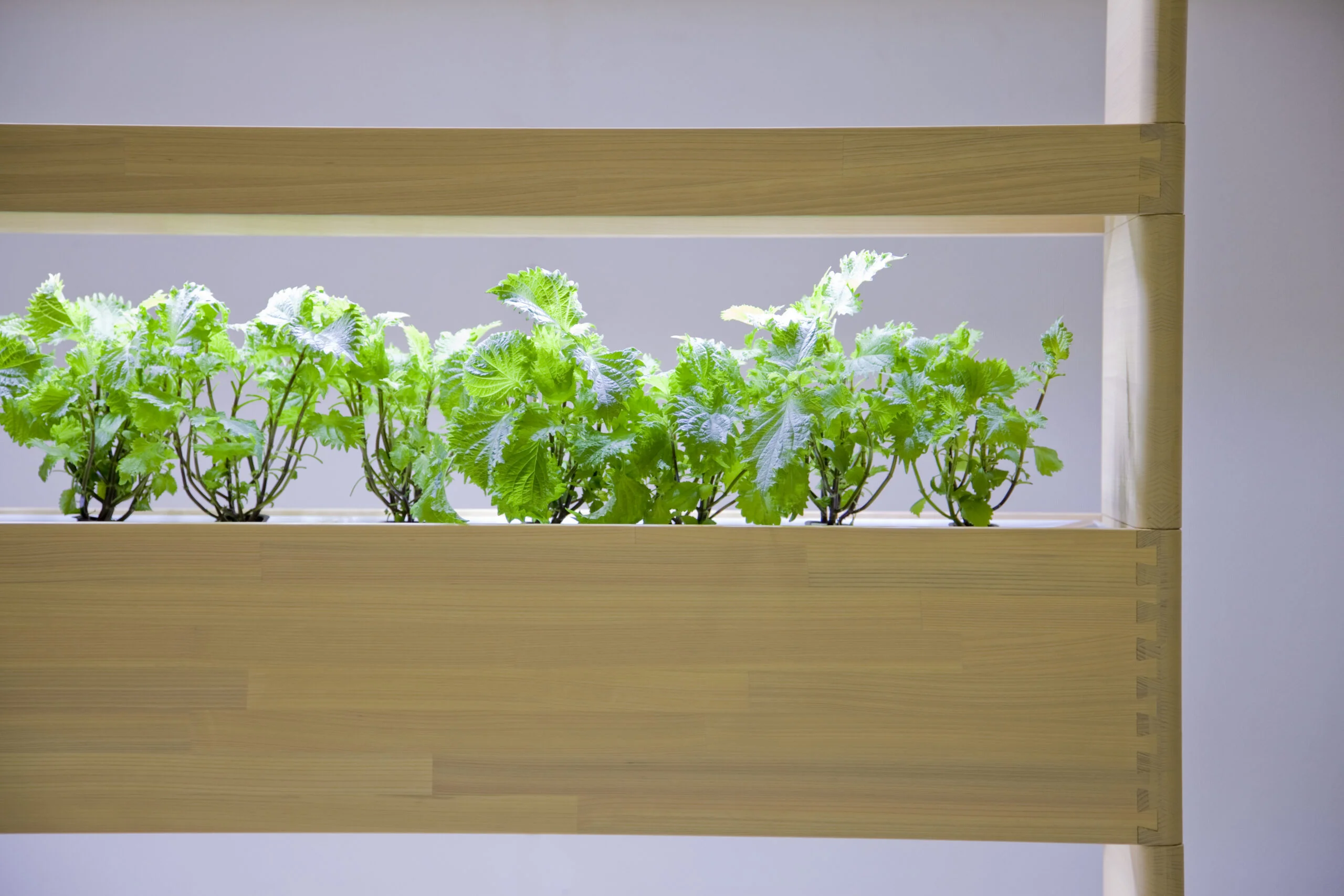
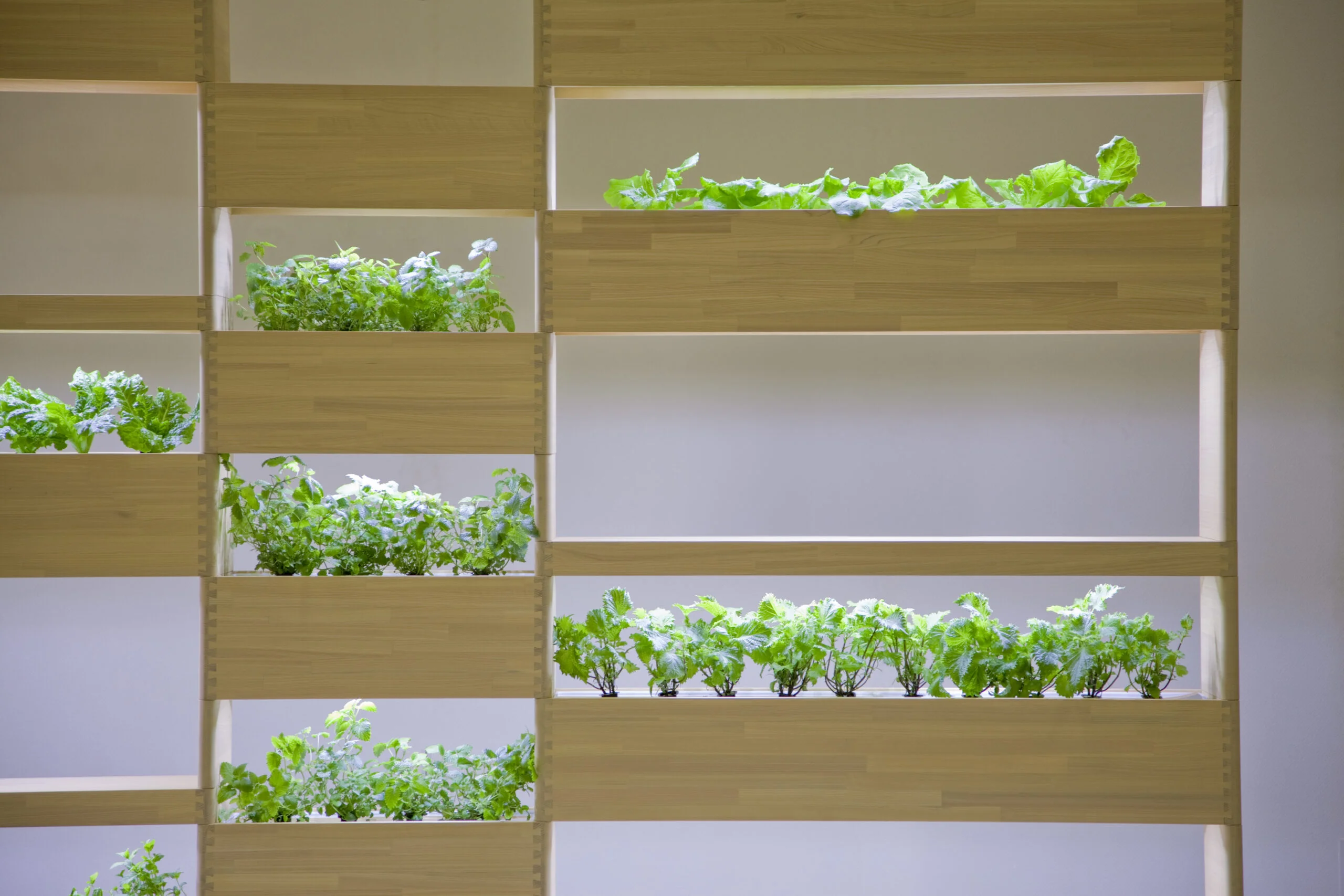
WILL
Although the design was highly appreciated, the original purpose still needs to be reached.
The LECO prototype, which proposed to connect the two Tokushima industries of LED and woodwork technologies, resulted with good reputations. However, at the same time, we realized a single product for the production areas in crisis could not solve everything. Our purpose is to create new markets, movements, and relationships through branding and communication strategies, to save as many artisans and production areas as possible. These designs were a part of a series of projects NOSIGNER and Eisuke Tachikawa worked on, as a traditional industrial producer in Tokushima prefecture from 2007 to 2009. This series brought about valuable experiences that would determine our future missions.
INFORMATION
- What
- LECO
- When
- 2009
- Where
- Tokushima, Japan
- Client
- AWA FURNITURE COLLECTION
- Scope
- Product design
CREDIT
- Art Direction
- NOSIGNER (Eisuke Tachikawa)
- Product Design
- NOSIGNER (Eisuke Tachikawa)
- Manufacturer
- MOTOBAYASHI FURNITURE
- Photograph
- Masaharu Hatta
